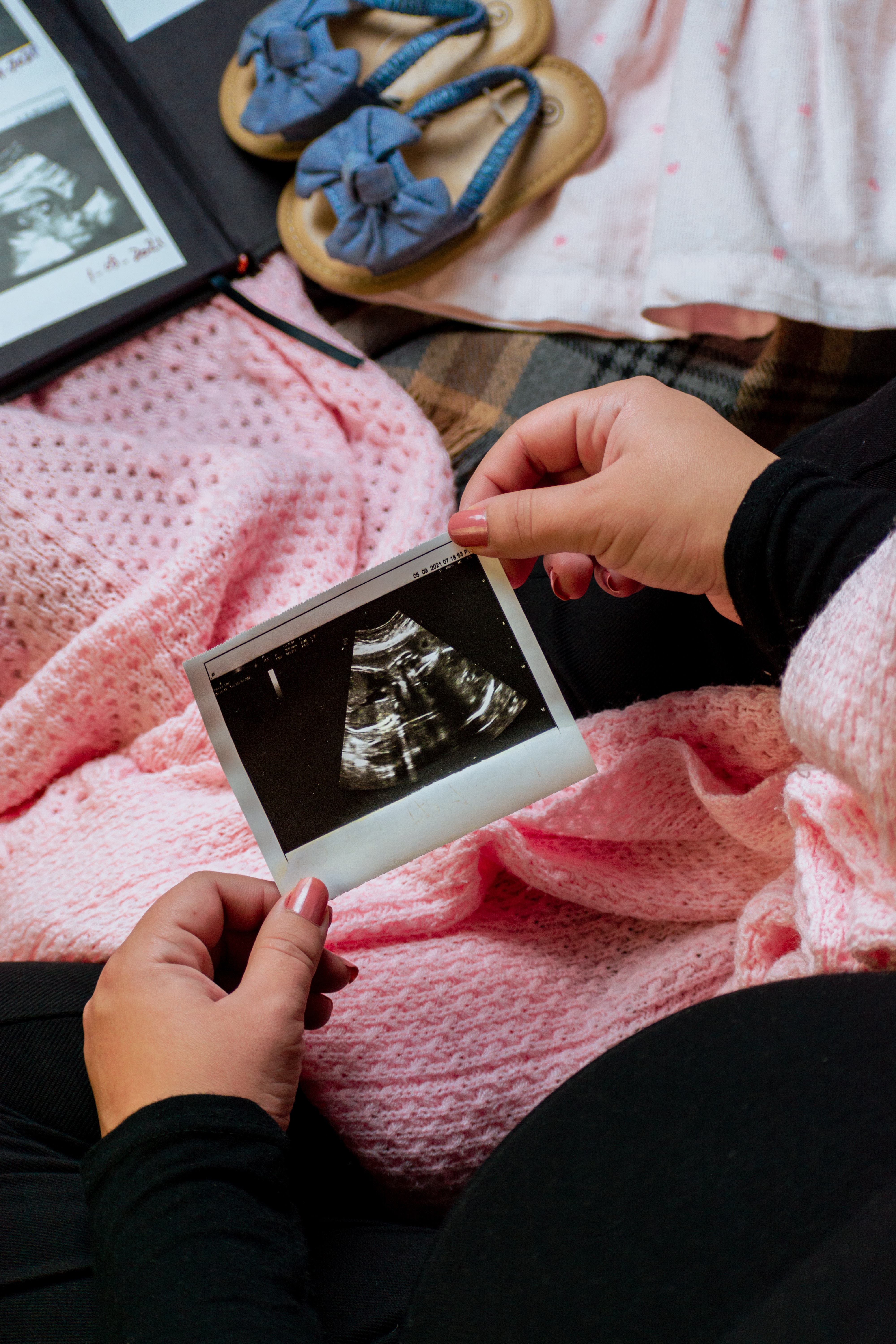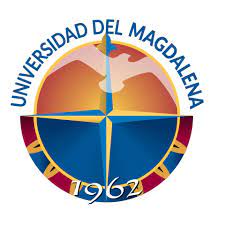Protection of pregnant women in oral radiology
Main Article Content
Dental x-rays are necessary to diagnose and monitor multiple oral diseases. However, due to the well-known stochastic effects of dental X-rays, it is essential to guarantee patient protection. Pregnant women deserve special attention because the fetus is highly vulnerable to radiation, especially in the first weeks. Some recommendations for radiological protection in this population are the use of radiographs has been justified; conduct the study 10 days after the onset of menstruation; inform the pregnant woman about the procedure to avoid fear; optimize the procedure (collimated beam, high kVp, manual trip control, regular calibration etc.) and use a lead apron only if the optimization conditions are insufficient.
- Pregnancy
- fetus
- radiation protection
- lead apron
- stochastic effects
- optimisation
Wilches Visbal JH, Castillo Pedraza MC, Khoury HJ. Protección Radiológica en Radiología Dental. CES Odontol [Internet]. 2021;34:52–67. Disponible en: https://revistas.ces.edu.co:443/index.php/odontologia/article/view/5557
Bahanan L, Tehsin A, Mousa R, Albadi M, Barayan M, Khan E, et al. Women’s awareness regarding the use of dental imaging during pregnancy. BMC Oral Health [Internet]. 2021;21:357. Disponible en: https://bmcoralhealth.biomedcentral.com/articles/10.1186/s12903-021-01726-6
Prasad M, Gupta R, Patthi B, Singla A, Pandita V, Kumar J, et al. Imaging more imagining less: An insight into knowledge, attitude and practice regarding radiation risk on pregnant women among dentists of Ghaziabad – A cross sectional study. J Clin Diagnostic Res [Internet]. 2016;10:ZC20–5. Disponible en: https://www.ncbi.nlm.nih.gov/pmc/articles/PMC5020273/
Senior A, Tolentino-Almeida F, Geha H, Pachêco-Pereira C. Intraoral Imaging in Dental Private Practice — A Rectangular Collimator Study. Can Dent Assoc [Internet]. 2020;86:1488–2159. Disponible en: https://jcda.ca/sites/default/files/k16_0.pdf
Razi T, Bazvand L, Ghojazadeh M. Diagnostic Dental Radiation Risk during Pregnancy: Awareness among General Dentists in Tabriz. J Dent Res Dent Clin Dent Prospects [Internet]. 2011;5:67–70. Disponible en: https://www.ncbi.nlm.nih.gov/pmc/articles/PMC3429997/
Yurt A, Ayrancıoğlu C, Kılınç G, Ergönül E. Knowledge, attitude, and behavior of Turkish dentists about radiation protection and radiation safety. Dentomaxillofacial Radiol [Internet]. 2022;51. Disponible en: https://www.birpublications.org/doi/10.1259/dmfr.20210120
Kelaranta A, Ekholm M, Toroi P, Kortesniemi M. Radiation exposure to foetus and breasts from dental X-ray examinations: effect of lead shields. Dentomaxillofacial Radiol [Internet]. 2016;45:20150095. Disponible en: http://www.birpublications.org/doi/10.1259/dmfr.20150095
Hiles P, Gilligan P, Damilakis J, Briers E, Candela-Juan C, Faj D, et al. European consensus on patient contact shielding. Phys Medica [Internet]. 2021;In press. Disponible en: https://linkinghub.elsevier.com/retrieve/pii/S1120179721003586
Organismo Internacional de Energía Atómica (OIEA). La radiología dental y el embarazo [Internet]. Proteccion Radiológica del Paciente. 2021 [citado el 19 de diciembre de 2021]. p. 1. Disponible en: https://acortar.link/t5YKQl
Organismo Internacional de Energía Atómica (OIEA). El embarazo y la protección radiológica en radiodiagnóstico [Internet]. Mujeres embarazadas. 2021 [citado el 19 de diciembre de 2021]. p. 1. Disponible en: https://acortar.link/DCbNKV
International Atomic Energy Agency (IAEA). Radiation protection of pregnant women in dental radiology [Internet]. Radiation Protection of Pacients. 2021 [citado el 19 de diciembre de 2021]. p. 1. Disponible en: https://acortar.link/aSDIjx
Downloads

This work is licensed under a Creative Commons Attribution-NonCommercial-NoDerivatives 4.0 International License.
Los autores/as conservan los derechos de autor y ceden a la revista el derecho de la primera publicación, con el trabajo registrado con la licencia de atribución de Creative Commons, que permite a terceros utilizar lo publicado siempre que mencionen la autoría del trabajo y a la primera publicación en esta revista.








